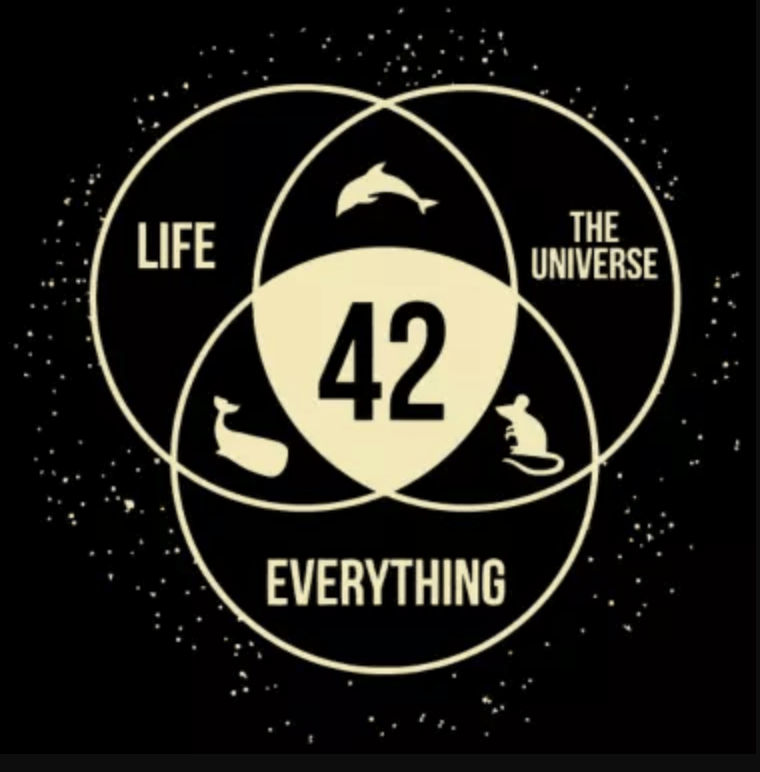
Light is the ultimate speed limit of the universe. Einstein’s special relativity tells us that nothing can exceed the speed of a light wave, and thus there is no way to send a signal or communication faster than light. But does Quantum Mechanics give us a loophole around relativity?
Quantum entanglement is a physics phenomenon that occurs when a group of particles is generated, interact, or share spatial proximity in a way such that the quantum state of each particle of the group cannot be described independently, including when the particles are separated by a large distance. In simple words, a phenomenon observed at the quantum scale where entangled particles stay connected (in some sense) so that observation of one of the particles immediately gives us information about the other, no matter the distance between the two particles.

The phenomenon of entanglement. When one of the entangled particles’ superposition collapses, the outcome of the other particle is determined simultaneously, regardless of how far apart they are. Image from Science
Author of “How To Teach Quantum Physics To Your Dog”, Chad Orzel, summed up the dilemma appropriately when he said, “the whole business (of quantum entanglement) is subtle and complicated. The result is always the same, though: While it’s one of the weirdest and coolest phenomena in physics, there is no way to use quantum entanglement to send messages faster than the speed of light.”
Of course, research continues on this subject and some physicists believe that faster-than-light communication might be possible with some intricate manipulation of entangled particles. For now, we know that the interaction between entangled quantum particles is faster than the speed of light- Chinese physicists have measured the minimum speed in 2017.

We also know that quantum entanglement can be used to realize quantum teleportation (two distant entangled particles in which the state of a third particle instantly “teleports” its state to the two entangled particles.) experimentally. Entanglement may have applications in the emerging technologies of quantum computing (an area of computing focused on developing computer technology based on the principles of quantum theory – which explains the behavior of energy and material on the atomic and subatomic levels) and quantum cryptography (uses a series of photons – light particles, to transmit data from one location to another over a fiber optic cable).
What a simple quantum network might look like. A ’qubit’ is a shortening of ‘quantum bit’. Image from Nature.
The real hurdle to overcome, though is being able to communicate large quantities of data through quantum entanglement – that’s when we might be able to have a quantum internet and proper faster-than-light communication.











